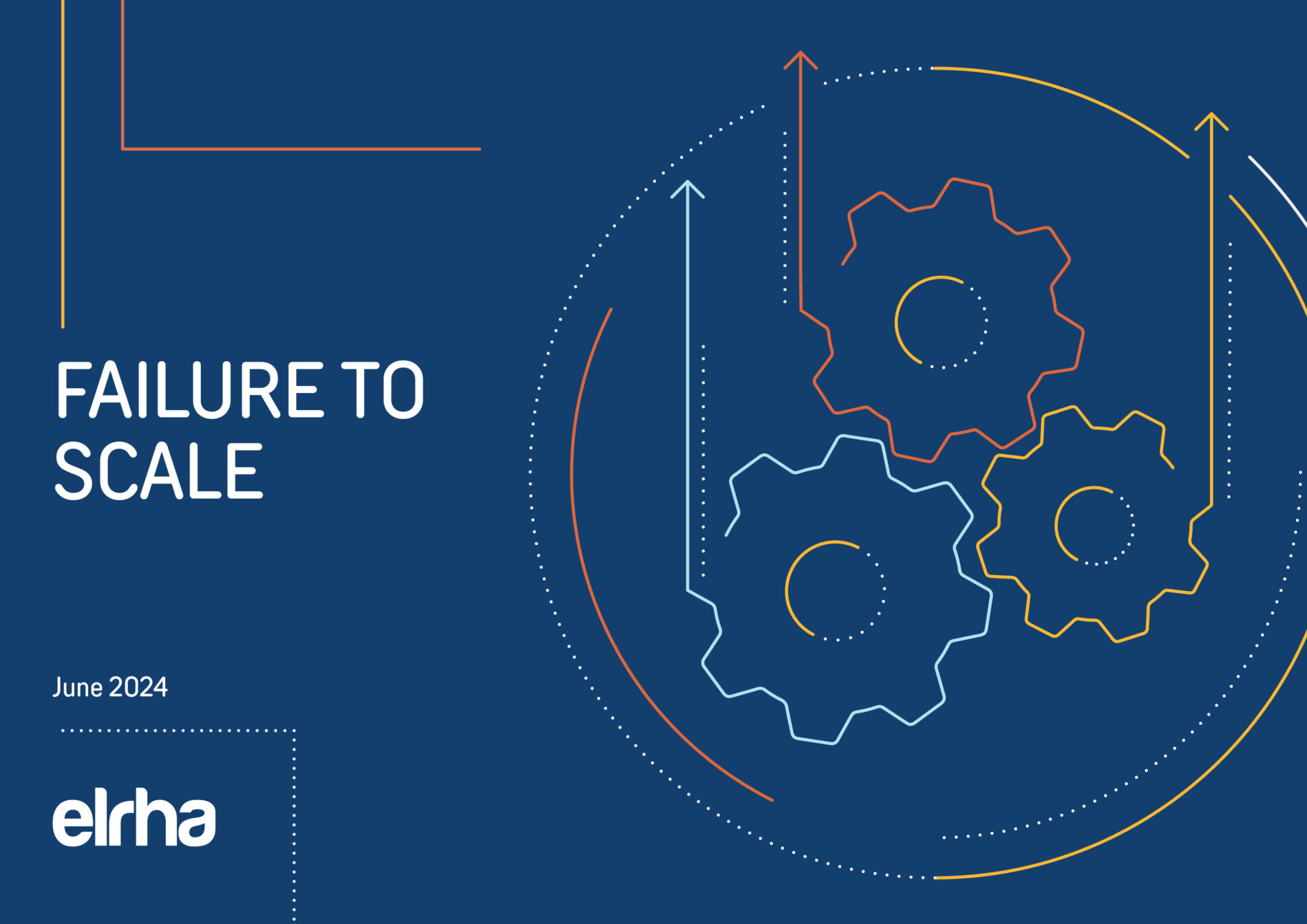Effectiveness of the Jengu Handwashing Facility to Increase Handwashing with Soap among Crisis-affected Populations in Kenya and Uganda

Two learning briefs summarise the findings from this study to evaluate the impact of the Jengu handwashing facility in the Kyangwali Refugee Settlement in Uganda, and Dadaab Refugee Camp in Kenya. The study, conducted from 2022-2024, provides evidence on the effect of soap and Jengu handwashing facility provision on increasing handwashing with soap behaviours as well as the acceptability, usability, durability, maintenance and sustainable use of the Jengu handwashing facility.
Although there were differences in the results across the two settings, both saw an increase in handwashing at key moments, including handwashing with soap, and a decrease in diarrheal cases in children. The findings highlight the value of a fixed, accessible, handwashing facilities with soap as critical to increasing handwashing with soap behaviour.
In Kenya the following recommendations are made for key actors to ensure increased and sustained handwashing in the camp:
- Address the barriers that hinder sustained handwashing with water and soap.
- Complement the intervention with targeted messaging and sensitisation initiatives.
- Build the capacity and involvement of key influencers such as community leaders and community health promoters.
In Uganda the following findings and implications were highlighted for key actors:
- The Jengu facility was received positively by users. Community-centered feedback needs to be considered in future WASH planning to ensure that the facilities are culturally appropriate and meet community needs.
- Equip local communities with the skills to repair the handwashing unit, potentially through collaboration with key WASH actors.
- Complement the intervention with hygiene promotion and resource availability activities. Use messages co-developed with the local community.